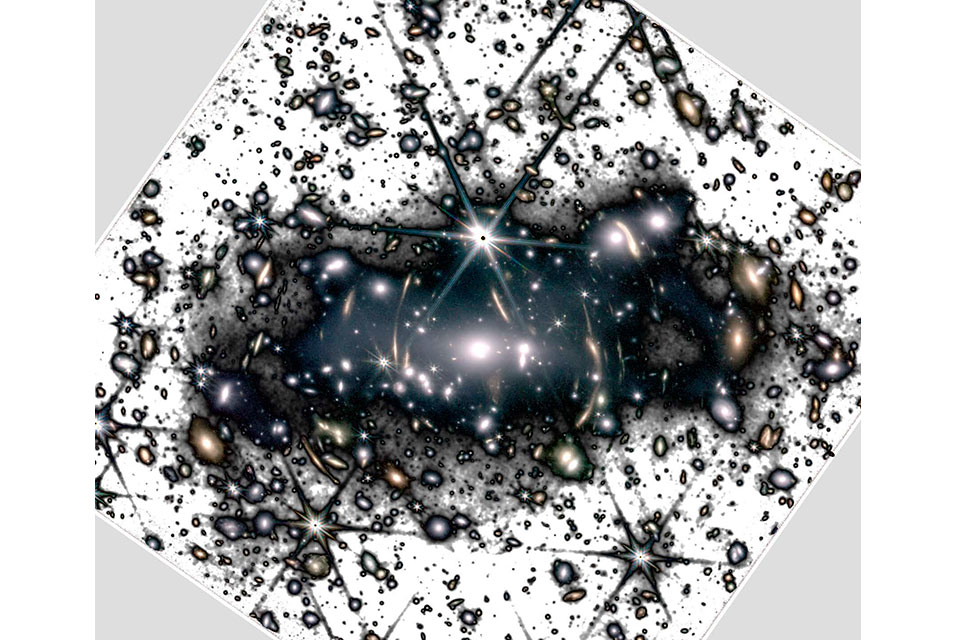SAN CRISTÓBAL DE LA LAGUNA.- In clusters of galaxies there is a fraction of stars which wander off into intergalactic space because they are pulled out by huge tidal forces generated between the galaxies in the cluster. The light emitted by these stars is called the intracluster light (ICL) and is extremely faint. Its brightness is less than 1% of the brightness of the darkest sky we can observe from Earth. This is one reason why images taken from space are very valueable for analyzing it.
Infrared wavelengths allow us to explore clusters of galaxies in a different way than with visible light. Thanks to its efficiency at infrared wavelengths and the sharpness of the images of the JWST,
IAC researchers Mireia Montes and Ignacio Trujillo have been able to explore the intracluster light from SMACS-J0723.3-7327 with an unprecedented level of detail. In fact the images from the JWST of the center of this cluster are twice as deep as the previous images obtained by the Hubble Space Telescope.
"In this study we show the great potential of JWST for observing an object which is so faint," explains Mireia Montes, the first author of the article. "This will let us study galaxy clusters which are much further away, and in much greater detail," she adds.
In order to analyze this extremely faint "ghostly" light, as well as needing the observational capability of the new space telescoope, the researchers have developed new analysis techniques, which improve on existing methods. "In this work we needed to do some extra processing to the JWST images to be able to study the intracluster light, as it is a faint and extended structure. That was key to avoid biases in our measurements," says Mireia.
Thanks to the data obtained the researchers have been able to demonstrate the potential of the intracluster light for studying and understanding the processes which go into the formation of structures as massive as clusters of galaxies. "Analyzing this diffuse light we find that the inner parts of the cluster are being formed by a merger of massive galaxies, while the outer parts are due to the accretion of galaxies similar to our Milky Way," she notes.
But these observations not only offer clues about the formation of galaxy clusters, but also about the properties of a mysterious component of our universe: dark matter. The stars which emit the intracluster light follow the gravitational field of the cluster, which makes this light an excellent tracer of the distribution of the dark matter in these structures.
"The JWST will let us characterize the distribution of the dark matter in these enormous structures with unprecedented precision, and throw light on its basic nature," concludes Ignacio Trujillo, the second author of the article.
The paper is published in The Astrophysical Journal Letters.









